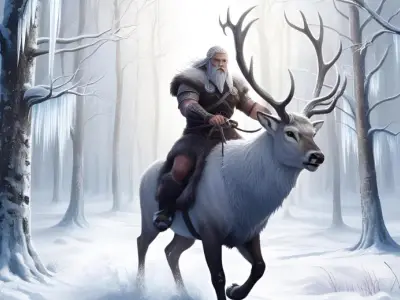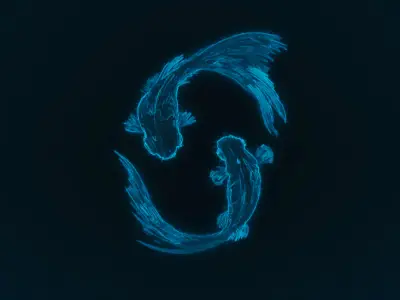Geologic periods are the most known periods of time from the geological time scale because scientists have been able to uncover the climate, plants and creatures that existed during each of them. In this article, we take a look at how dinosaurs and other life forms came to flourish and die out in prehistoric times.
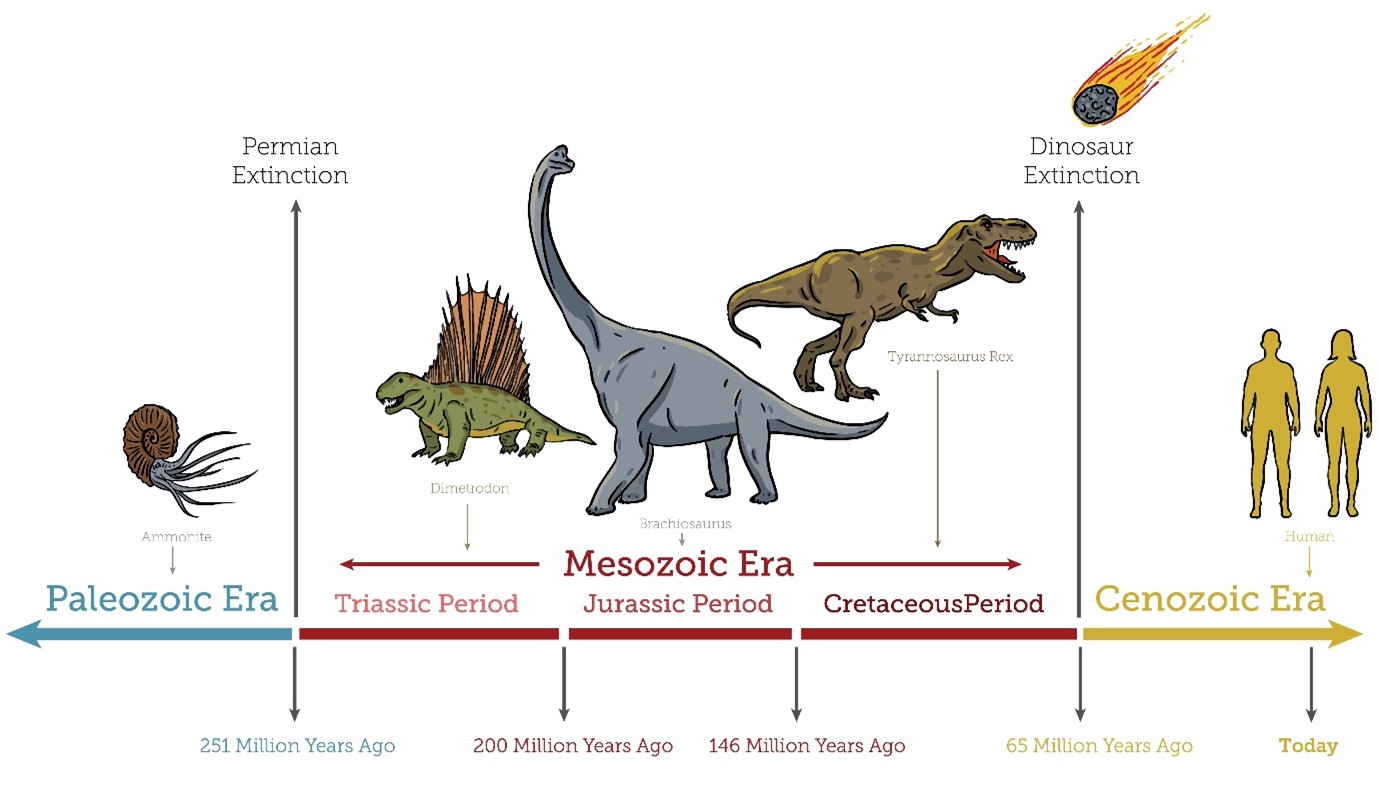
The Devonian period began around 419 million years ago and ended 358 million years ago. This period was characterised by the rapid evolution and diversification of land-based plants and animals.
Scientists suggest that the first tetrapods that inhabited the land were amphibians, and the first arthropods that colonised the land were wingless insects and arachnids. Vegetation was just beginning to grow on land, and the soil had a reddish colour.
By the late Devonian period, plants developed true roots and reached bigger heights. One of the most important events was the emergence of seed-producing plants. This event is known as the “Devonian explosion”.
What Came Next?
The Carboniferous period began about 359 million years ago and ended 299 million years ago. The climate was characterised by high levels of humidity, and land plants were similar to those that live in modern tropical forests. During this period, sharks and bony fish became abundant.
The continents were moving towards each other gradually to form Pangea. This movement had an important impact on marine biodiversity because of the alteration of the coastlines and the decrease in sea levels.
Winged insects flourished while dinosaurs and birds began to dominate the sea and land.
The Last Period of the Paleozoic Era
The Permian period began 299 million years ago and ended 251 million years ago. The Earth was arranged into two continents, Pangaea and Siberia, and there was only one ocean.
This period gave rise to turtles and mammals. It finished with the second and most destructive mass extinction, known as the Permian-Triassic Extinction, which eliminated around 96 per cent of marine species and 70 per cent of terrestrial organisms.
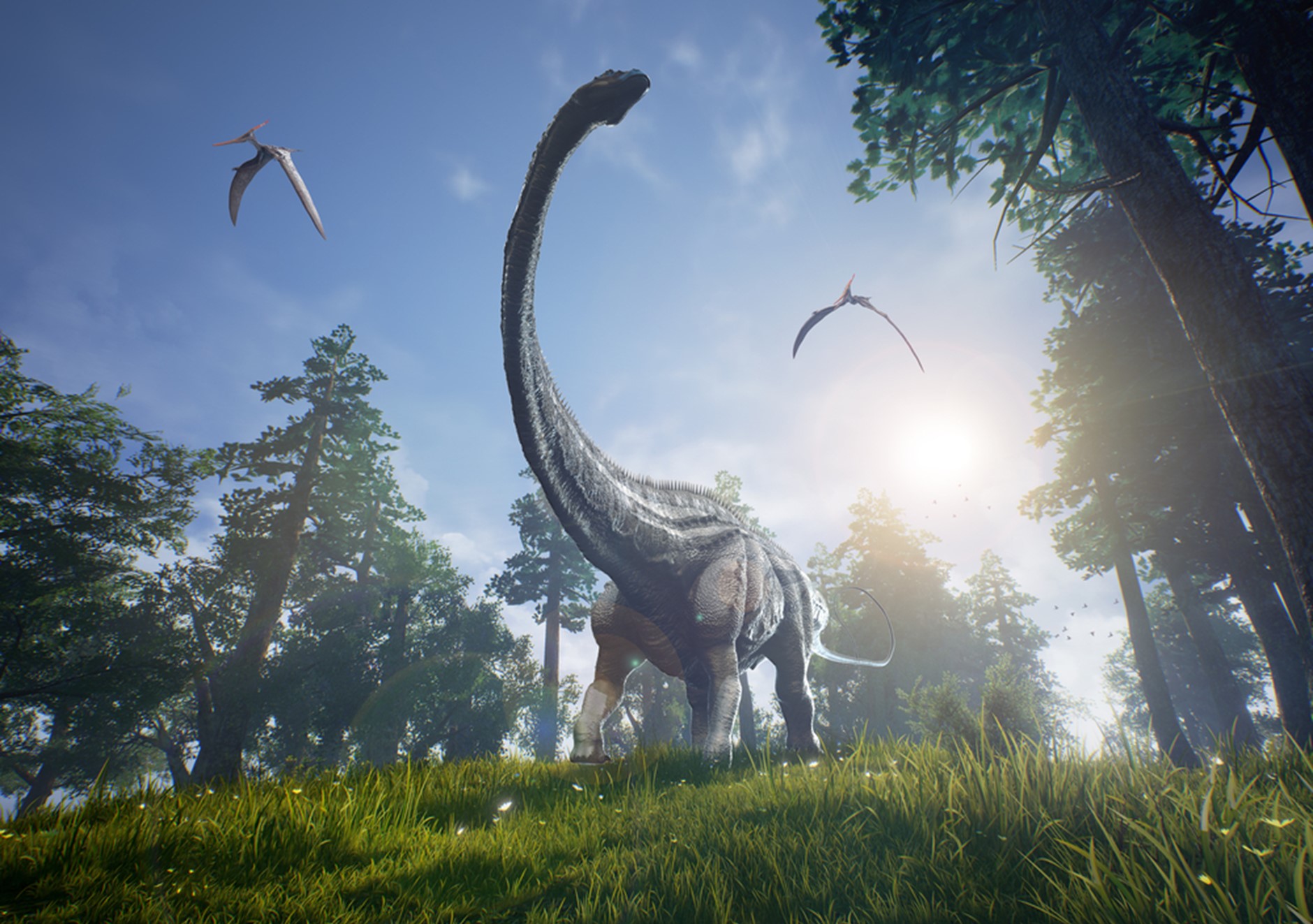
The Triassic period began 251 million years ago, at the end of the Permian, and ended 201 million years ago. It is the first and shortest period of the Mesozoic era. The climate was characterised by its dryness and very warm temperatures.
During the Triassic period, the land masses became one supercontinent, Pangaea, surrounded by a single ocean known as Panthalassa. This period began after the most destructive extinction, so diversity and abundance of life at the beginning were scarce. It was not until the middle of the Triassic Period that the planet recovered its biological richness and diversity.
By the mid-Triassic, the terrestrial environment was almost entirely dominated by therapsids and some archosaurs, a vertebrate group that includes the well-known dinosaurs.
The Jurassic period began around 201 million years ago and ended 145 million years ago. This period is known as the Age of Reptiles because they became dominant, abundant, and diverse.
During this period, the supercontinent was separating and becoming two continents: Laurasia and Gondwana. This event was very important because it altered the climate, changing it from warm and dry to humid and tropical, and created different biomes across the globe.
Dinosaurs became the most dominant reptiles during this time. Herbivore dinosaurs, also known as sauropods, were thriving due to the presence of different groups of plants, while large theropods, such as the Allosaurus and Ceratosaurus, became extraordinary predators.
The Jurassic period was also characterised by the emergence of pterosaurs (flying reptiles) while ichthyosaurs, plesiosaurs, and pliosaurs flourished in the ocean.
What Came Next?
The Cretaceous period was the last and longest division of the Mesozoic era. It began around 145 million years ago and ended 65.5 million years ago.
In the early Cretaceous period, the continent of Laurasia was located in the north and Gondwana in the south, but they were starting to drift apart.
The climate of the Cretaceous period was characterised by high levels of humidity in the tropics and snowfall in high latitudes. The sea level was high due to constant volcanic activity, which also caused temperatures to rise by the middle or end of this period.
Dinosaurs were still the dominant predators on land, while the sea was home to fish groups such as sharks and rays. Marine reptiles, arthropods, and molluscs were still present in large numbers, and other invertebrates, such as sea urchins, diversified rapidly during this period.
By the end of the Cretaceous period, the continents were separated, and their arrangement was more similar to the modern configuration.
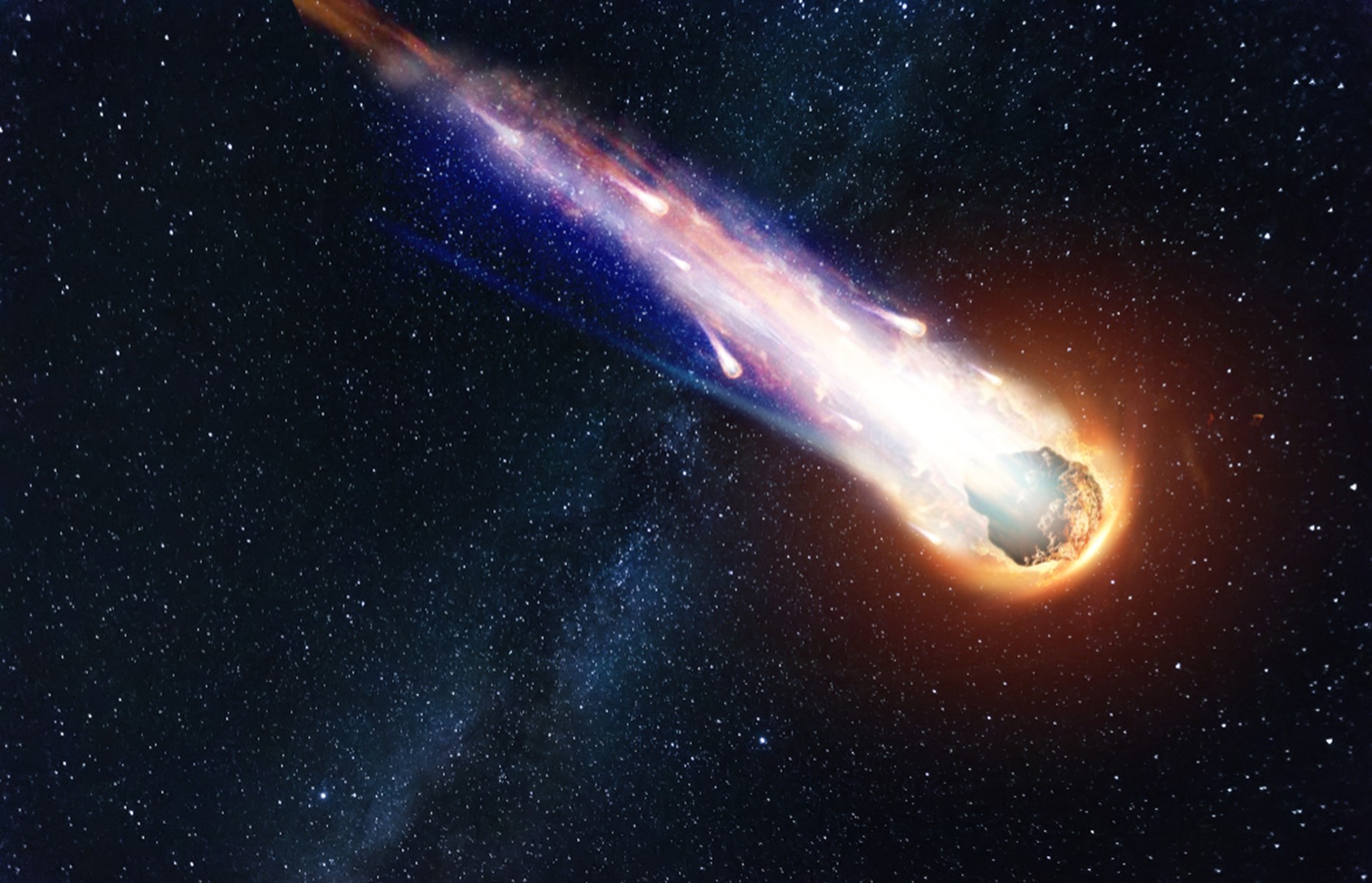
The Tertiary period began 66 million years ago and ended 2.6 million years ago. It is characterised by a sudden mass extinction event called the Cretaceous-Paleogene Extinction event, which occurred at the beginning of the period.
The Cretaceous-Paleogene Extinction wiped out three-quarters of all the species that lived on Earth, eliminating all of the large tetrapod species. The most accepted hypothesis suggests that the cause of this extinction was the impact of a massive asteroid that landed in the Yucatán Peninsula, Mexico. The only dinosaur survivors were avians, which gave rise to modern birds.
If you’d like to dig further into this subject, our Palaeontology Diploma Course and Advanced Palaeontology Diploma Course are currently available for just £29 each for a limited time (reduced from £127 each).




